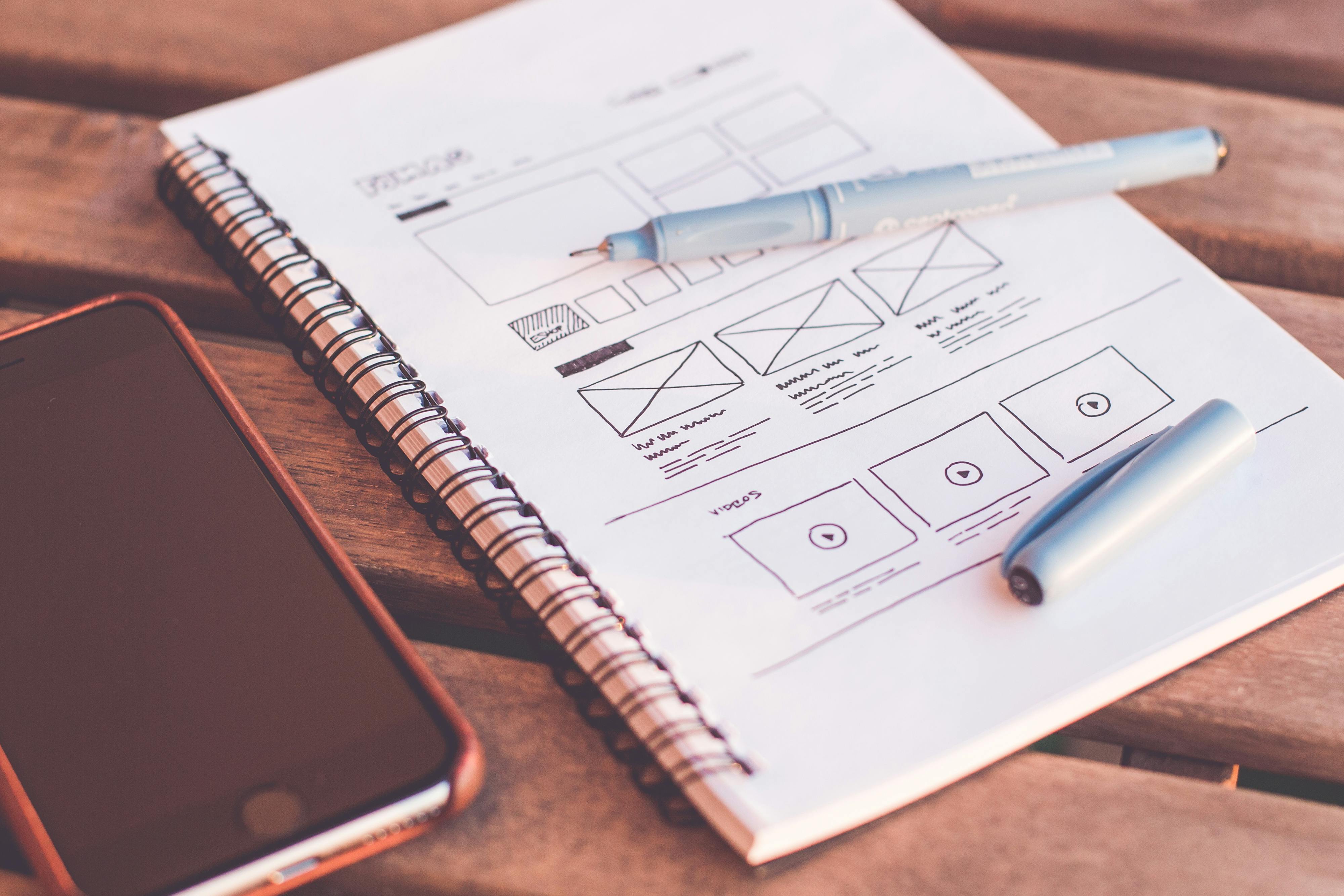
The Essential Guide to Design Prompt Generators (With Copy-Paste Prompts for Founders)
TL;DR
- Design prompt generators help spark creativity and accelerate skill-building for designers and founders.
- We compare the top tools: Sharpen, GoodBrief, Designercize, and how you can use ChatGPT as your own custom prompt generator.
- Includes actionable ChatGPT prompts you can copy for instant design challenges.
- Bonus: Extra resources and tips for integrating prompts into your workflow.
Why Design Prompt Generators Matter—Especially for Founders
If you’re a founder, product builder, or designer, you know the hardest part of starting a new project is often deciding what to create. Blank screens can be intimidating. Whether you’re training a new designer, hiring an agency, or prototyping ideas, a well-crafted design prompt gets you moving fast.
Design prompt generators solve this problem. They give you realistic, bite-sized briefs—improving your creative skills, accelerating portfolio building, or just breaking creative block. But with so many options, which one should you use? And how can you go beyond random prompts to tailor them for your business needs?
Let’s break down the best tools—and how to get even more value by combining them with ChatGPT.
The Top Design Prompt Generators (Compared)
1. Sharpen
What it does: Generates concise, quirky design challenges across graphic, product, UX, and branding.
- Best for: Quick creative warm-ups, portfolio projects, interview prep.
- Unique feature: “Constraints” slider for adjusting complexity.
- Sample prompt: Design a landing page for a non-profit that helps reduce food waste.
Founder tip: Use Sharpen before team brainstorms to kick off ideation or test junior designers on specific skill sets.
2. GoodBrief
What it does: Focuses on generating realistic briefs for logos, websites, apps, and ads.
- Best for: Practicing real-world design scenarios, building a varied portfolio.
- Unique feature: Select design type, target industry, and difficulty.
- Sample prompt: Design a logo for a pet grooming company called “FurEver Friends.”
Founder tip: Use GoodBrief to generate quick sample briefs for design hiring assignments.
3. Designercize
What it does: Time-based design challenges (“whiteboard exercises”) for UX and product designers.
- Best for: Prep for interviews, rapid ideation, team sprints.
- Unique feature: Built-in timer for simulating high-pressure design tasks.
- Sample prompt: Design a feature for an online grocery store to help users discover new recipes.
Founder tip: Run a 15-minute Designercize challenge in your next design standup to keep your team sharp.
4. ChatGPT as a Custom Prompt Generator
Here’s where you can get truly tailored. By using ChatGPT, you can generate design prompts specific to your startup’s domain, niche, or even product roadmap. This goes far beyond what static tools offer.
Copy & Paste These ChatGPT Prompts:
-
Startup Website Prompt:
“Generate a design challenge for a landing page for a SaaS startup that automates bookkeeping for freelancers. Include a target audience, primary goal, and one creative constraint.”
-
Logo Design Prompt:
“Create a detailed brief for designing a logo for a plant-based meal delivery service. Specify style, color palette suggestions, and usage contexts.”
-
App Feature Prompt:
“Give me a UX challenge for a new feature in a social fitness app. The prompt should describe the user problem, desired outcome, and two unique constraints.”
-
Rapid Validation Prompt:
“Write a design prompt for a prototype that helps validate a new idea for remote team collaboration. Include the core hypothesis, user persona, and what success looks like.”
Founder tip: Tweak these prompts to fit your current product sprint, investor pitch, or user segment. ChatGPT will adapt—just add your context.
Bonus: More Tools & Resources
- Briefbox: Paid library of curated, real-world design briefs.
- Daily UI: Daily email prompts for UI design challenges.
- Reddit: r/Design and r/UXDesign often share prompt threads—great for inspiration and feedback.
How to Get the Most from Design Prompts
- Make it a habit: Set aside 10-15 minutes weekly to tackle a random prompt (solo or with your team).
- Document outcomes: Save your work. Over time, this builds a portfolio and surfaces new product ideas.
- Iterate with AI: Use ChatGPT to expand, combine, or critique prompts for deeper learning.
Ready for More? Join the Promptica Community
Want more practical prompts, tool reviews, and founder-focused workflow hacks? Subscribe to the Promptica newsletter and get exclusive resources sent straight to your inbox—no spam, just actionable strategies.
What’s your favorite design prompt generator, or how do you use prompts in your workflow? Let us know in the comments!